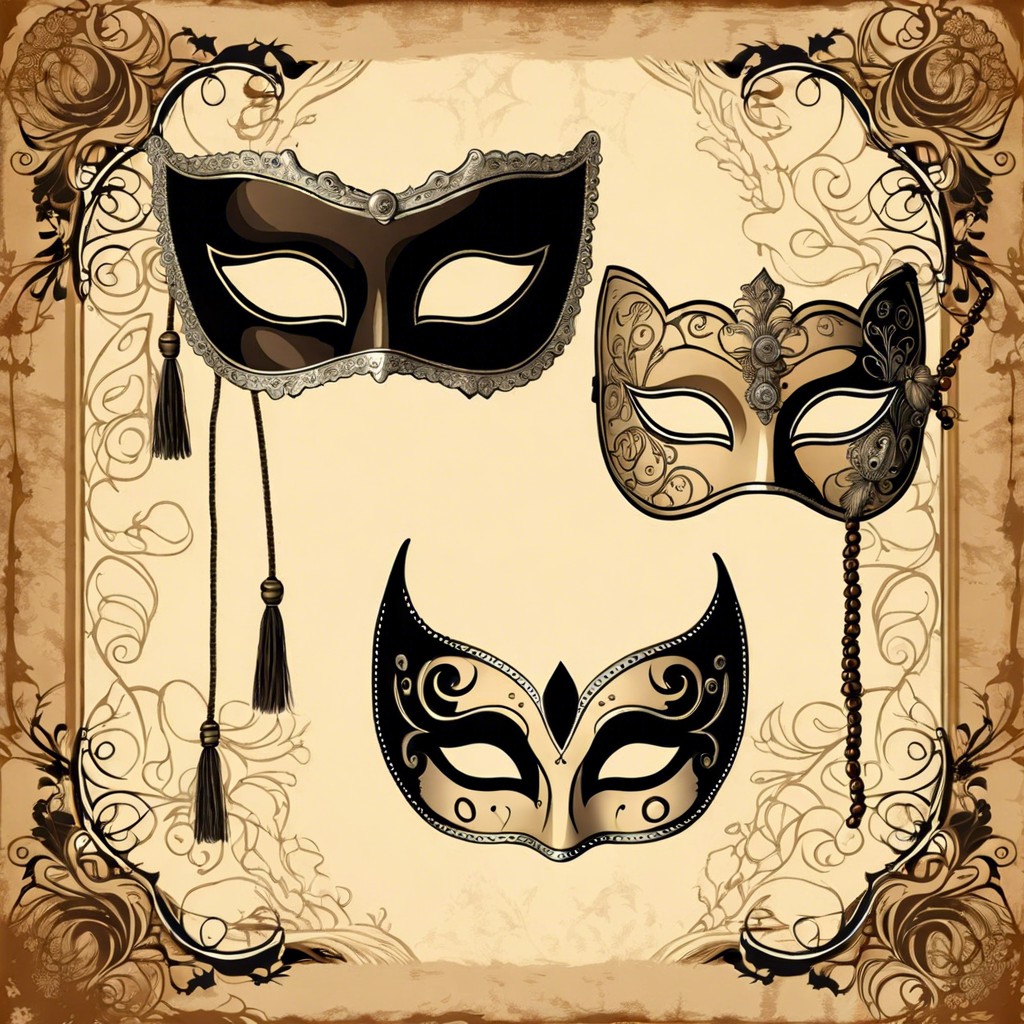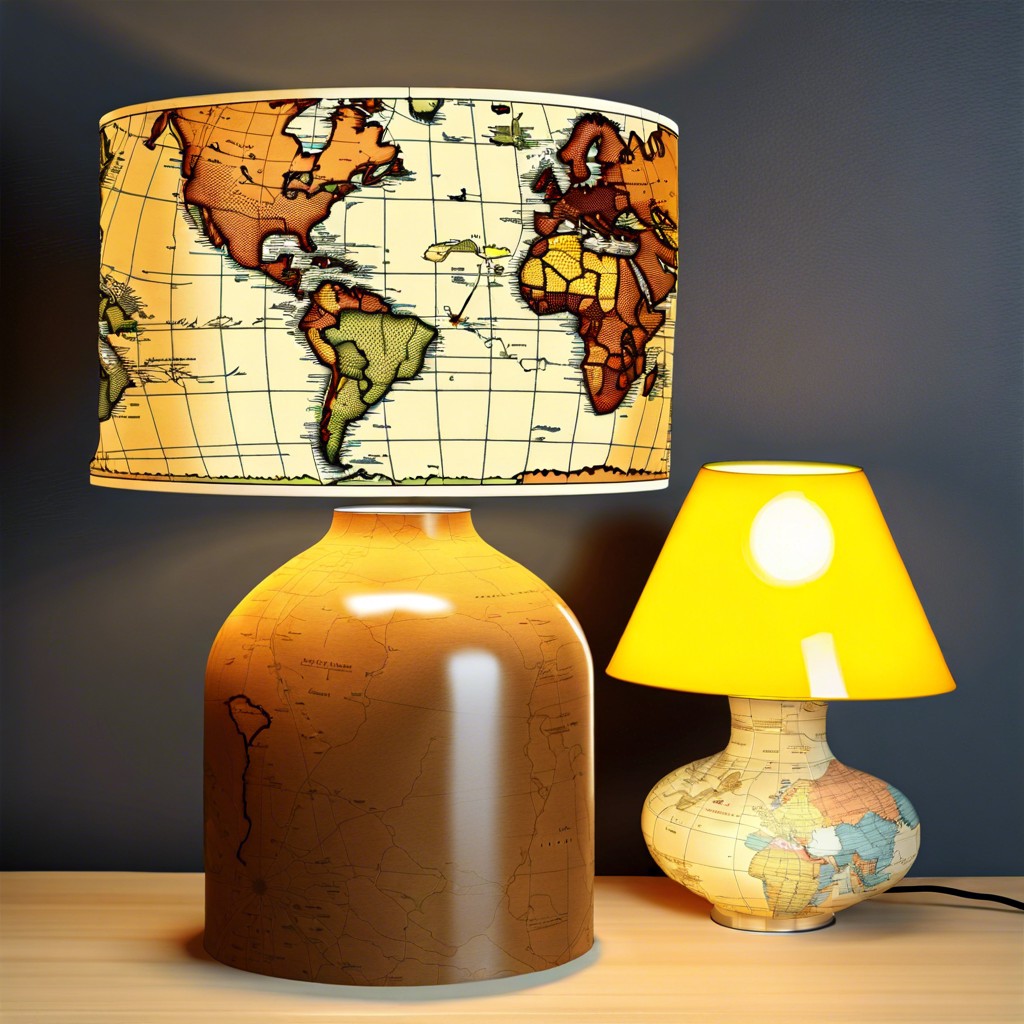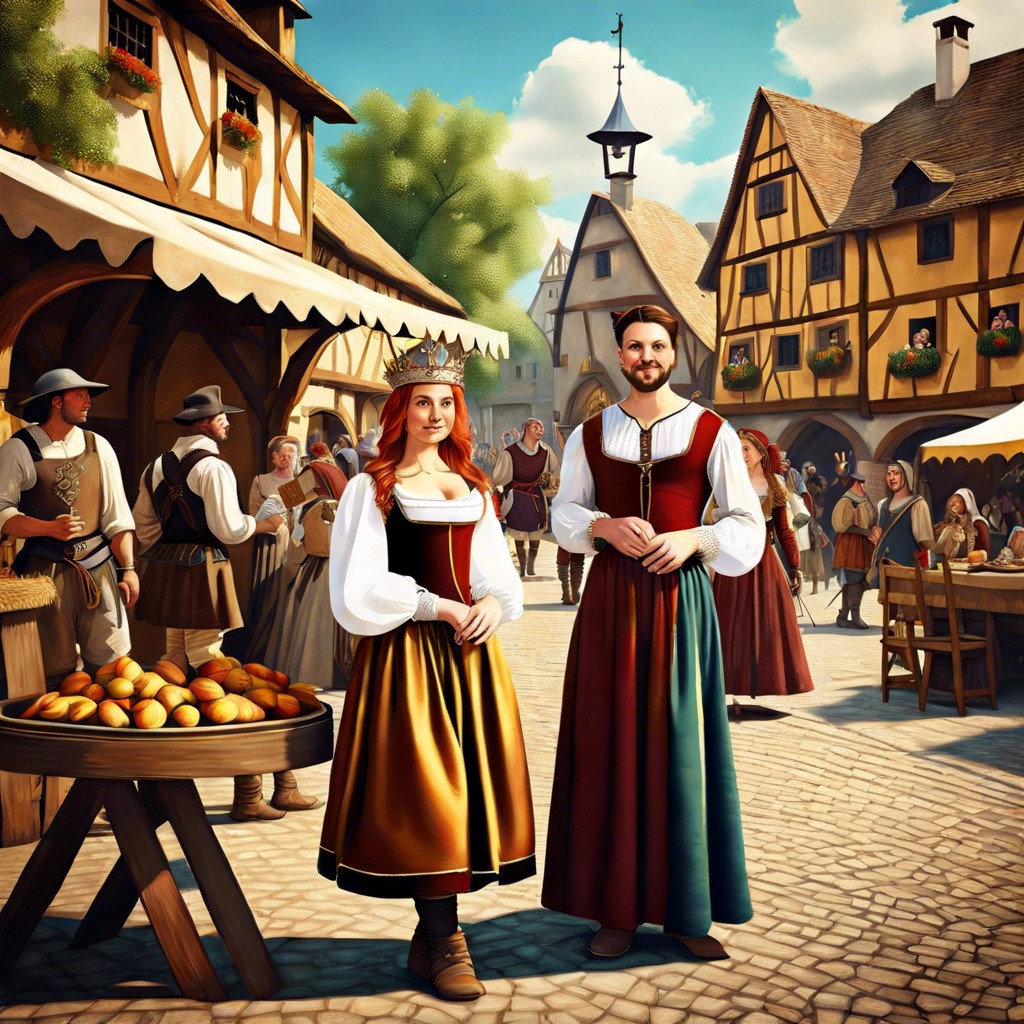Last updated on
Discover the colorful history and cultural impact of pinup art in this detailed guide.
Key takeaways:
- Pin-up art originated as small illustrations in magazines and calendars.
- Pin-up art evolved from soft-focus to bold and vibrant.
- Alberto Vargas and Gil Elvgren shaped the aesthetic of pin-up art.
- Pin-up art influenced fashion and beauty standards of the mid-20th century.
- Pin-up art became a tool of feminist empowerment and self-expression.
Origins and Evolution of Pin-Up Art
Pin-up art traces its roots to the late 19th century, initially appearing as small illustrations in magazines and on calendars. These images typically featured glamorous, alluring women posed in ways that hinted at playfulness and approachability. As the 20th century progressed, the genre gained popularity, especially during World War II, when images of pin-up girls adorned the fuselages of aircraft and the lockers of soldiers, boosting morale with their charm and beauty.
The style of pin-up art evolved dramatically through the decades. The early soft-focus and suggestive motifs of the 1920s gave way to the bold and vibrant renderings of the 1940s and 50s. Artists like Alberto Vargas and Gil Elvgren elevated the art form with their skilled portrayals of femininity and strength, making their work highly collectible today.
Technologically, the genre also progressed from simple magazine inserts to elaborate centerfolds and posters. This shift allowed pin-up art to influence broader media, impacting fashion, cinema, and even advertising strategies. These artworks not only celebrated beauty but also played a subtle role in shaping cultural norms and ideals of feminine allure.
Key Figures in the Development of Pin-Up Art
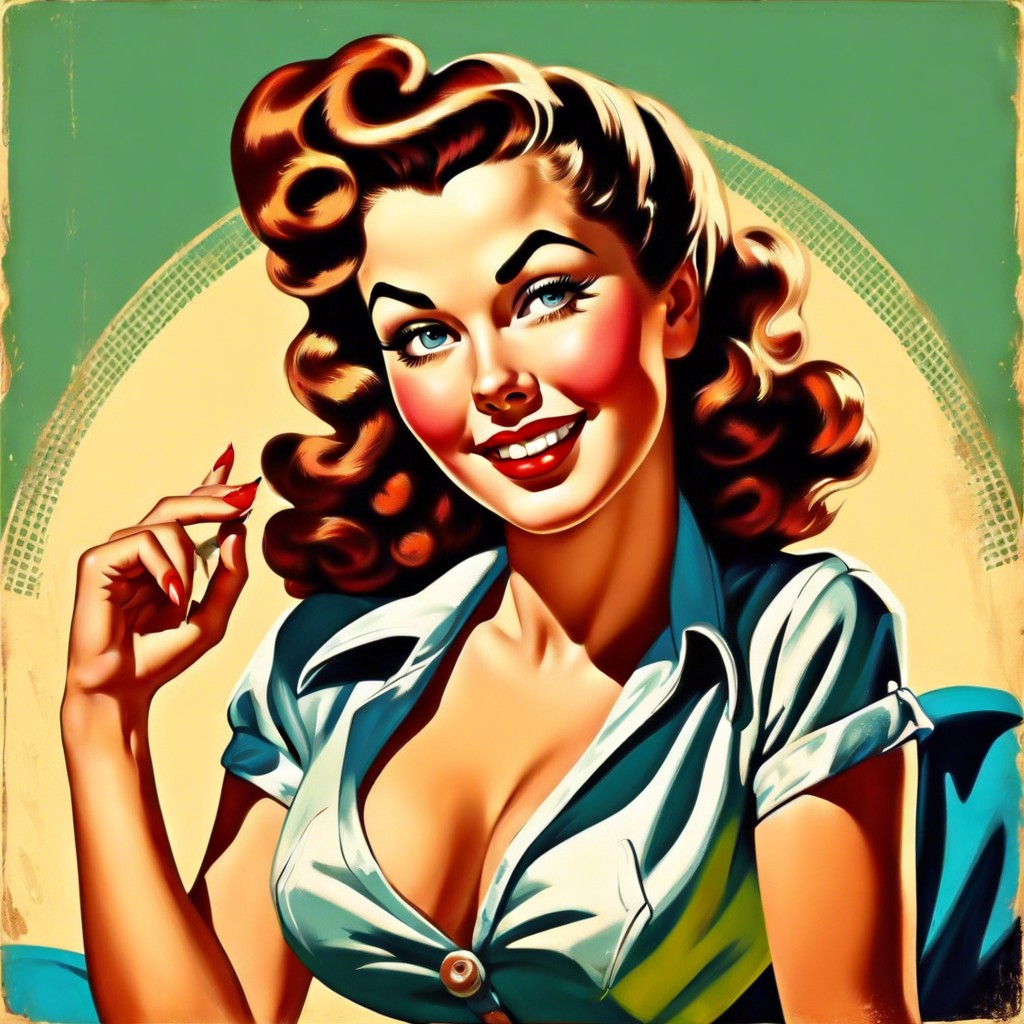
Alberto Vargas and Gil Elvgren were pivotal in shaping the aesthetic of pin-up art. Vargas, renowned for his Varga Girls, portrayed women with a combination of innocence and allure that became iconic during World War II, gracing the sides of aircraft and in “Esquire” magazine. His work exemplified the idealized beauty standards of the time.
Gil Elvgren, another monumental figure, brought a sense of vivacity and charm to his paintings. His subjects were often caught in playful, albeit slightly risqué scenarios that captivated a mainstream audience. Elvgren’s ability to capture the quintessential girl-next-door in a humorous and tasteful manner helped make his artwork tremendously popular in advertising and calendars.
Both artists significantly influenced not only the art world but also the perception of female beauty and societal norms in their times. Through their brushes, they navigated the delicate balance between respectability and sensuality, leaving a lasting impact on visual culture.
Influence of Pin-Up Art On Fashion and Beauty Standards
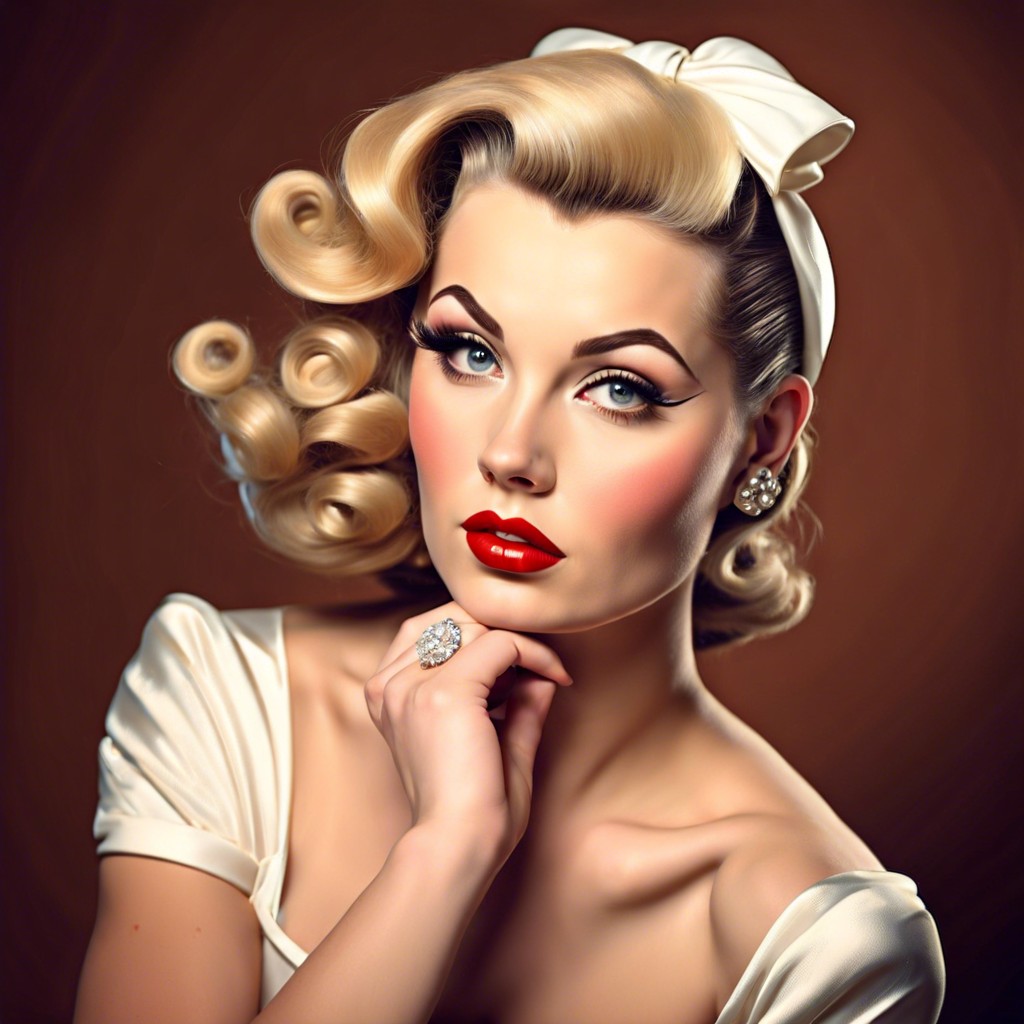
Pin-up art popularized certain styles that became synonymous with mid-20th century fashion. The figures celebrated in these artworks often sported high-waisted shorts, polka dot dresses, and bright red lipstick—styles that found their way into the closets of many women of the era.
This art form also set a precedent for the concept of a “glamorous look”—curling hair, precise makeup, and posed elegance were all components commonly replicated in everyday life. It shaped perceptions of beauty, emphasizing curves and femininity.
Interestingly, the pin-up trend also reinforced the DIY culture in fashion. Women started adapting their attire to emulate the playful and somewhat provocative allure of pin-up models. This was seen in customized outfits and homemade accessories, further demonstrating the deep influence it had on personal expression through style.
Pin-Up Art As a Tool of Feminist Empowerment
While traditionally viewed through a male gaze, pin-up art eventually turned into a potent expression of female agency and autonomy. During wartime and post-war eras, images that initially catered to male fantasies began serving as a canvas for women’s self-expression and empowerment.
Artists like Bunny Yeager shifted the narrative by stepping into the role of both model and photographer. Yeager’s work, often self-portraited, showcased not only beauty but also strength and confidence, challenging societal expectations of women.
With its embrace of various body types and the celebration of feminine allure on their own terms, pin-up art encouraged women to own their sexuality. This art form ceased to be passive decoration and became a declaration of identity, unapologetic and bold.
The vibrant legacy of pin-up art, with its intricate dance between viewer and subject, continues to inspire discussions about gender norms and the empowerment of women in modern society. Its transformative journey mirrors the broader societal shifts toward recognizing and respecting women’s autonomy.
Iconic Pin-Up Artworks and Their Artists
Alberto Vargas and his Vargas Girls became symbols of idealized beauty and charm during the mid-20th century. His illustrations graced the pages of Esquire and Playboy, blending allure with a touch of innocence. Vargas’s ability to capture the era’s idealized aesthetics contributed significantly to the style’s mainstream popularity.
Gil Elvgren, another pivotal figure, painted women in spirited scenarios, often caught in playful, suggestive moments. His work from the 1930s through the 1970s helped shape the pin-up narrative, emphasizing vibrant, dynamic characters rather than just static beauty.
Rolf Armstrong, known as the “Father of the Pin-Up,” produced covers for numerous magazines in the early 20th century. His distinct style featured strong, radiant women with dreamy expressions, set against bold, colorful backgrounds.
Together, these artists not only defined aesthetic norms but also influenced fashion and advertising with their depictions of idealized femininity. Their creations continue to inspire art and fashion enthusiasts, highlighting the timeless appeal of the pin-up genre.
